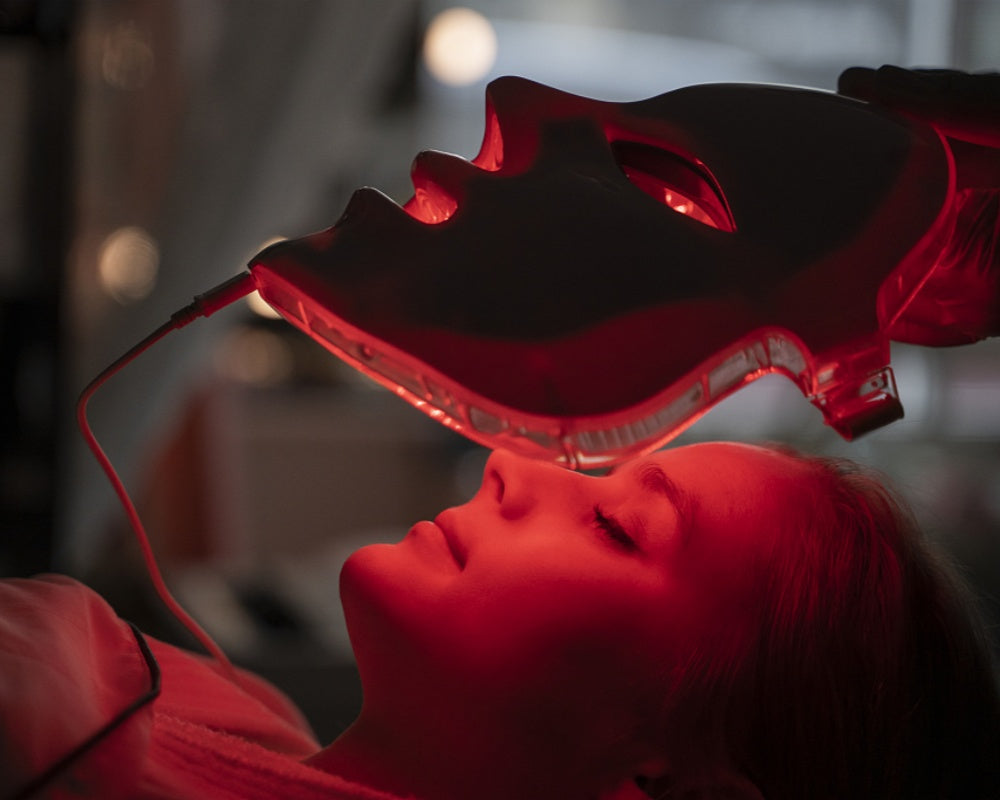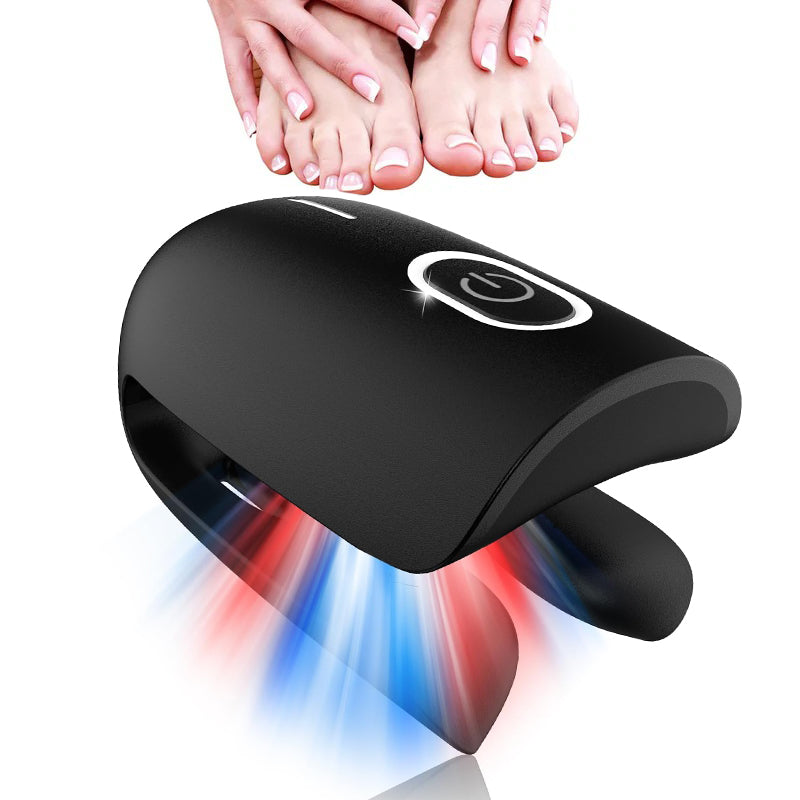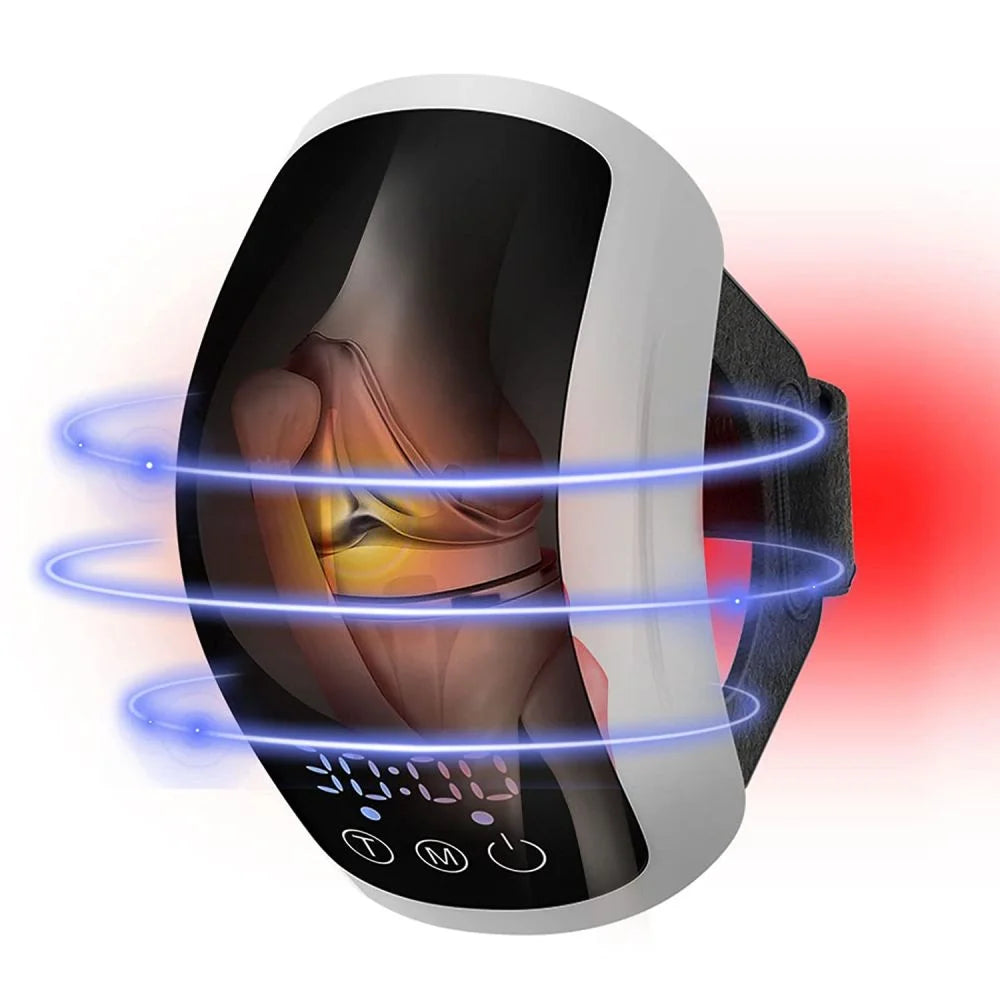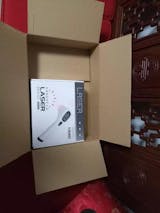Red light therapy, as an emerging physical therapy method, has been widely used in many medical fields in recent years. It mainly uses red light of a specific wavelength to stimulate biological tissues to produce photochemical reactions, thereby achieving the purpose of treating diseases. This article mainly introduces the different benefits of red light therapy for different groups of people, and explains which groups of people cannot use red light therapy. If you plan to purchase a red light therapy device, then please continue reading!
The 1st group is people with skin of color.
Research has shown that skin of color offers protection against ultraviolet (UV) radiation. But when it comes to red light therapy, a study found that individuals with such type of skin are more susceptible to side effects from LLLT wavelengths. The LED-RL was found to be safe up to 320 J/cm2 for skin of color while 480 J/cm2 was safe for non-Hispanic Caucasian individuals. The most common side effects were transient erythema and hypo/hyperpigmentation with some instances of blistering recorded at higher wavelengths. This shows that these groups of people are more photosensitive than their caucasian counterparts and as such, should carefully assess the wavelength of their red light therapy devices before use.
Children have been included in red light therapy research in recent years.
In addition to studies on skin conditions that affect youngsters like acne, the effect of red light therapy on the eyes has been the main focus of studies in this group. Red light has demonstrated positive therapeutic effects from other light wavelengths. Previously, lasers were utilized for delivering red light, but continuous scanning at a 620 nm wavelength had a risk of damaging the eye. LEDs have helped overcome these drawbacks. The studies have used red light therapy to show that it can decrease the progression of myopia in children, as well as lead to a change in axial length. These promising studies have allowed children with myopia to be treated for myopia or help stop or slow down its progression with this simple method without causing any severe adverse effects, visual loss, or damage to the structures of the eye. It is important to note that these treatments are provided by trained ophthalmologists and professional instruments. These treatments shouldn’t be attempted at home without consultation with a physician.
Women have been the primary focus of cosmetic advertisements and the use of red light therapy using at-home devices.
The numerous masks, combs, helmets, panels, and handheld products available boast their use for improving acne, scars, wrinkles, age spots, hyperpigmentation, facial texture, redness, stretch marks, and hair growth. In addition to this, women suffering from post-cancer treatment conditions like lymphedema (associated with mastectomy) and mucositis can also find relief by using red light therapy. Recent studies have shown the benefits of LLLT in women's health for conditions such as infertility, Polycystic Ovarian Syndrome (PCOS), endometriosis, and other non-hormonal conditions like Carpal tunnel syndrome and different Autoimmune diseases. Red light therapy has helped relieve pain from endometriosis and Carpal tunnel syndrome, regulating the menstrual cycle and decreasing the number of ovarian cysts while increasing ovarian follicles in PCOS, and even increasing the chances of having a viable pregnancy by increasing the rate of fertilization and maturation of an oocyte to improve infertility rates in women above the age of 30. red light therapy has also been used to decrease the pain of labor without affecting the fetal well-being.
Men are also the target group of the cosmetic or aesthetic side of red light therapy use.
Its use for hair loss and alopecia has been promoted worldwide, fitting as it was its first discovered application. However, the use of red light therapy in men is diverse. It is applicable in various mechanical conditions of the spine and joints to reduce pain and inflammation. It is also used by many athletes, men and women alike, to increase performance because it reduces muscle fatigue and increases endurance while decreasing muscle injury. Studies have begun to show the benefits of LLLT in male infertility. It has been shown that it improves spermatogenesis, sperm motility, and sperm viability leading to a higher chance of conception.
In the elderly, red light therapy has been widely used to treat a myriad of degenerative bone and joint disorders.
LLLT has been shown to decrease inflammation, edema, and pain due to these conditions. It is a well-known fact that as age increases, these types of conditions worsen leading to mobility issues in many elderly patients. Other degenerative conditions like familial amyotrophic lateral sclerosis (FALS), Alzheimer's disease, and Parkinson's disease (PD) are showing good outcomes after treatment with red light therapy. A recent study showed that LLLT decreased clinical signs of Parkinson's and provided neuroprotection. There is also some research into its use in cataract and glaucoma treatment that seems promising. Even though trabeculectomy is the standard of treatment for glaucoma, red light therapy is a safer and more efficient technique to treat retinal ganglion cells. It also decreases the side effects of pharmacotherapy by removing the need for them. It has also been shown as beneficial for the management of age-related macular degeneration and diabetic retinopathy.
Red light therapy holds promise as a safe and efficacious treatment option for various conditions, with treatment parameters needing customization based on individual patient needs and the severity of their condition. The adverse effects following red light therapy are very minimal, the most common one being erythema. These adverse effects are usually attributed to the parameters of the wavelength, power densities, and duration of exposure to the light. There are some instances where red light therapy should not be used. The contraindications are not absolute but as the subject of red light therapy is new and more information about it is gathered daily, it is recommended to comply with the warnings of the FDA and other regulatory bodies.
Some of these conditions are:
- Recent Burns - thermal energy of red light therapy may lead to further thermal damage to an area that has already been overheated.
- Malignant Cancers- some studies show that red light therapy may induce further growth and proliferation of cancer cells, especially those of an epithelial origin
- Hyperthyroidism - red light therapy used around the head and neck may stimulate the thyroid leading to an increase in the production of thyroid hormones. This would aggravate the condition of hyperthyroidism.
- Epilepsy - people with epilepsy might be affected by the flicker of the light panels, inducing a seizure. This might be avoided by using light panels that do not have flicker.
- Pregnancy - The use of red light therapy during pregnancy hasn’t been studied enough to consider it as safe for use.
- Eyes disease - Discussion with an opthalmologist is preferred for the use of red light therapy for the eyes. For precaution, it is better to use eye protection during the use of red light therapy.
- Light Sensitivity- Some conditions like solar urticaria or SLE rash may worsen with exposure to red light therapy.
- Use of photosensitizing medications - medications like Tetracycline, Digoxin (used for heart irregularities) and photosensitizing drugs (e.g., tranquilizers, sulfa drugs, oral anti-diabetic drugs, antidepressants, and steroids) may cause light sensitivity. A doctor should always be consulted before starting red light therapy for patients taking these drugs.
- Blood loss or severe bleeding - Studies show that red light therapy application on sites where severe bleeding has occurred may worsen the bleeding. Research on the use of LLLT after tonsillectomy has also shown that patients who underwent LLLT after tonsillectomy had a higher risk of bleeding from the site of surgery.
It is necessary to follow the guideline-recommended with the devices in use to decrease the incidence of adverse effects. Further research is essential to establish greater standardization of red light therapy parameters, including wavelength and power densities to design devices that provide an adequate amount of red light without causing harm.


























